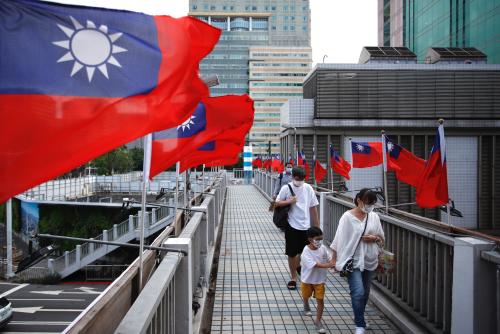Abstract
Rapid growth of the Chinese economy in the past decade and its potential for strong growth into the foreseeable future have caused anxieties in the rest of the world. Some commentators see Chinese growth wholly in terms of competition for trade and investment opportunities with other developing economies and a major cause of structural adjustments in the advanced industrialized economies. In particular there have been warnings of severe consequences for international agricultural markets. In this paper we use a dynamic general equilibrium model called the G-CUBED model (developed by McKibbin and Wilcoxen) to explore possible future paths of the Chinese economy based on projections of population growth, sectoral productivity growth, energy efficiency and technical change in the Chinese economy. This model captures not only the composition of the direct trade impacts of developments in the Chinese economy but also the implications of the endogenous flows of financial capital on macroeconomic adjustment in the world economy. The study focuses on the period from 1990 to 2020. Rather than being a problem for the world economy, we find strong growth in China is beneficial for the world economy directly through raising world incomes.



